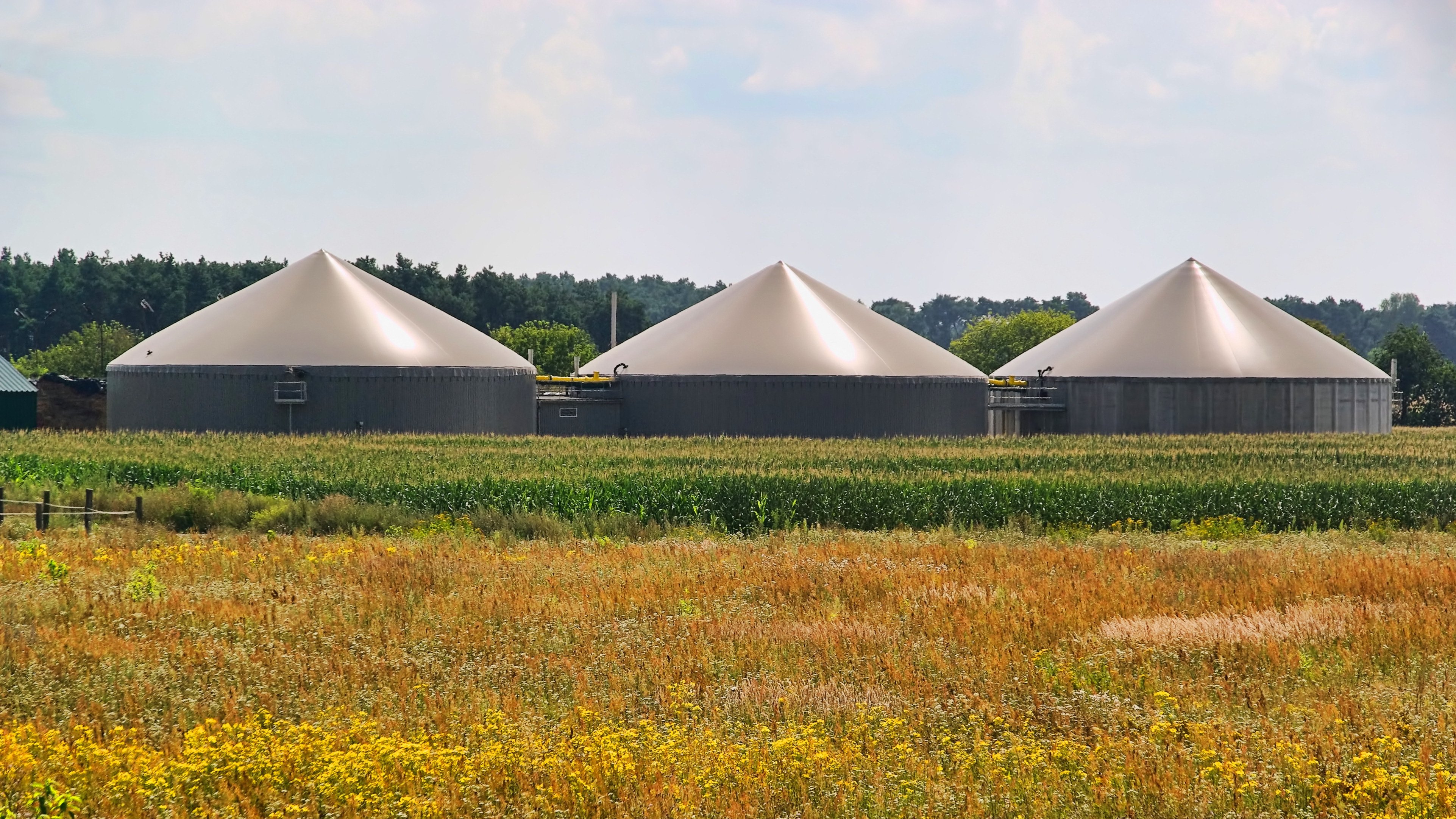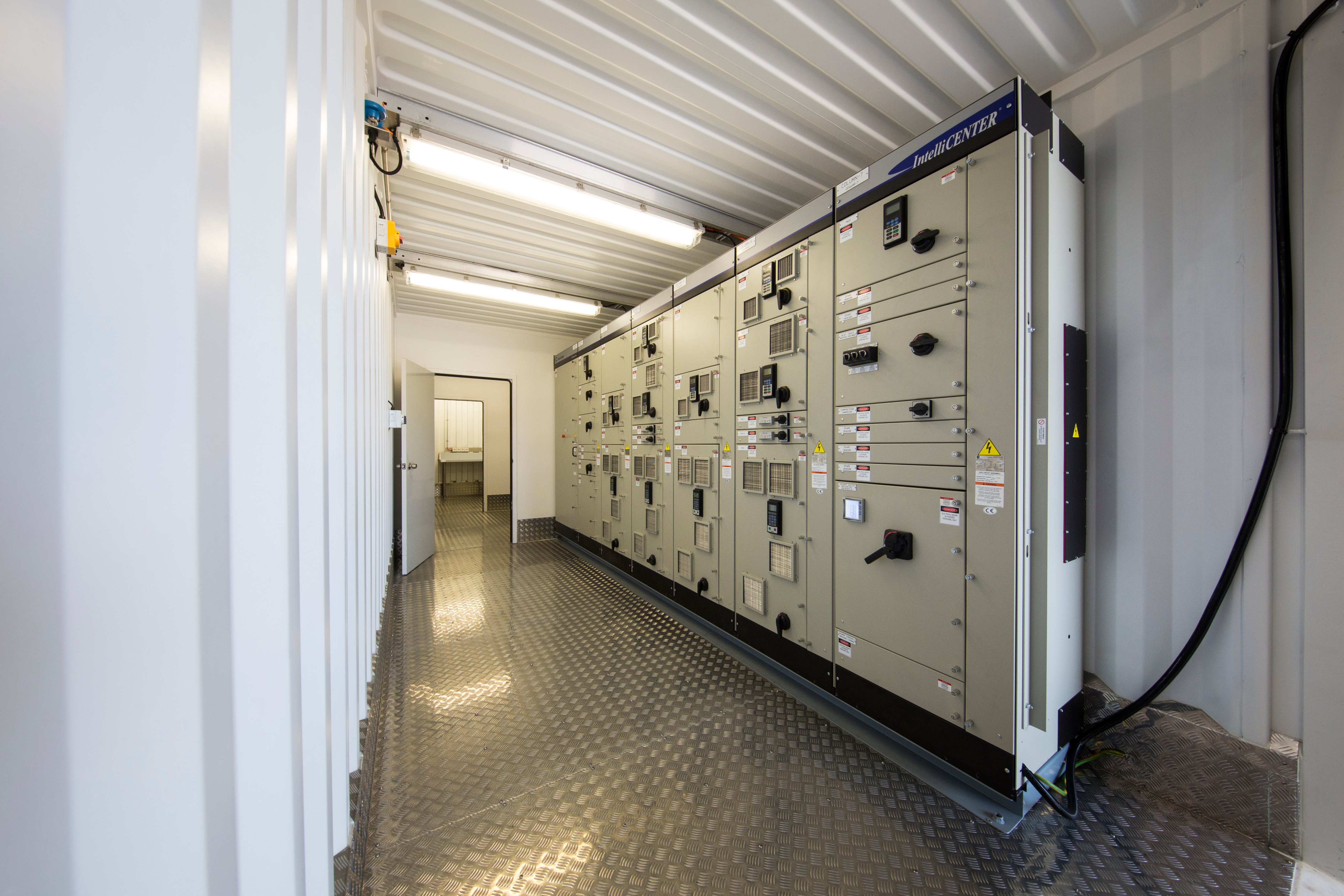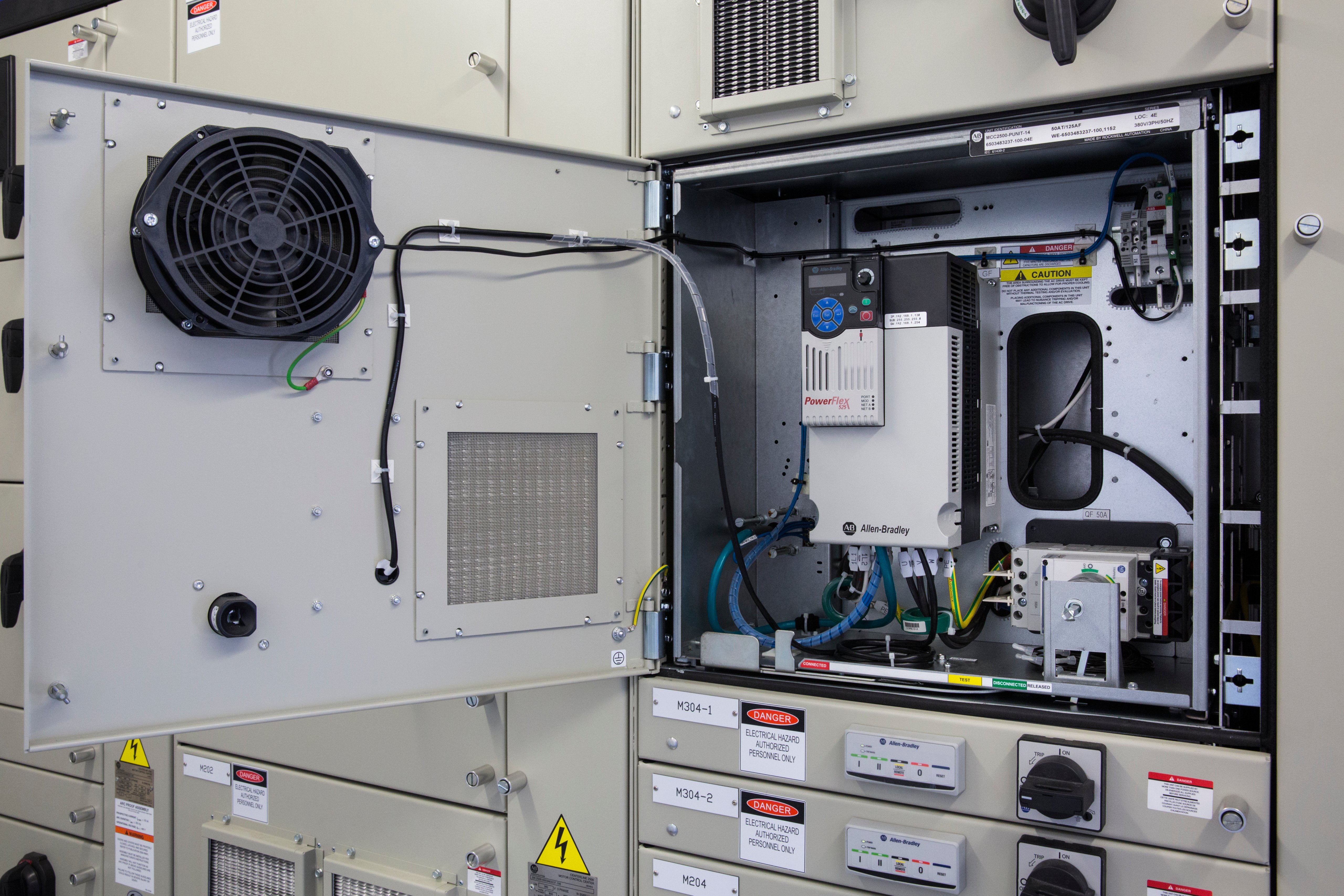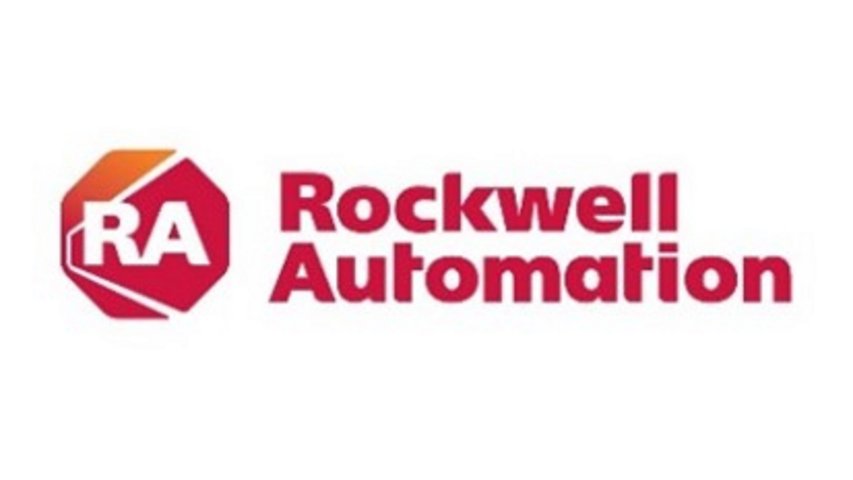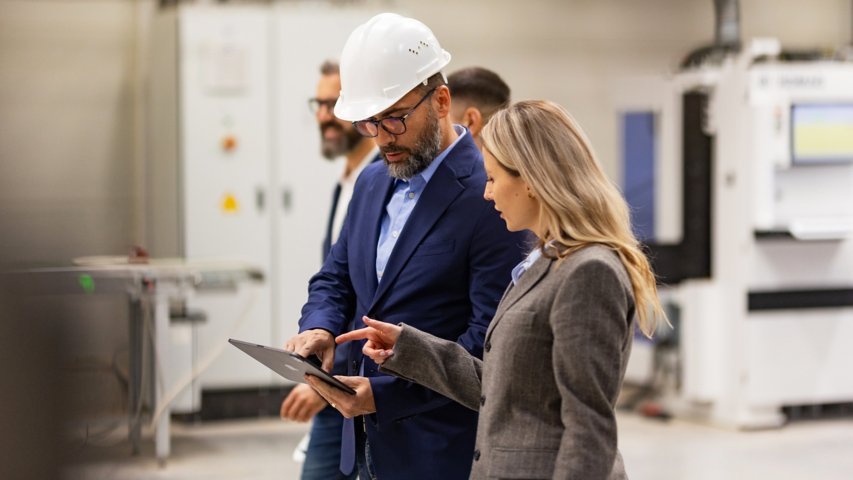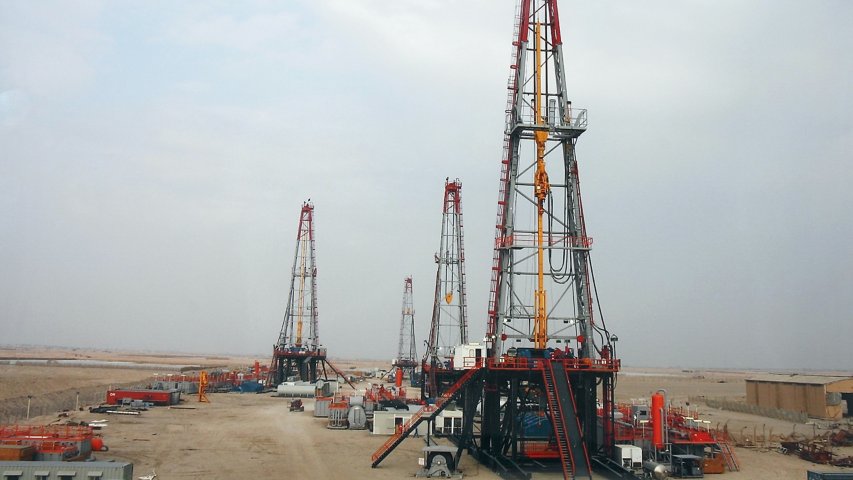Waste management is a complex issue that can have significant effects on the environment and requires careful consideration. Smart new technologies and processes to avoid, reduce and recover waste can help to decrease the amount of waste being sent to landfill.
The process of anaerobic digestion converts commercial and industrial waste into onsite electricity, heat and clean methane gas. It produces large quantities of biogas, comprising methane and carbon dioxide. The cleaned methane fraction can be stored, pressurised and used to generate onsite power and heat, with surplus fed into the electricity grid, or used to power equipment and vehicles.
As energy costs continue to rise, more manufacturers are realising the benefits of using anaerobic digestion to create energy for their plants.
With a strong commitment to its social and environmental responsibilities, a leading manufacturer of high-quality cereal products and ingredients, recently commissioned an Australian energy company to establish an anaerobic digestion plant at their manufacturing plant.
The plant will generate methane gas from oat husks and will use this fuel in a combined heat and power generator unit to offset in full their existing and future energy requirements with surplus energy exported to the grid.
